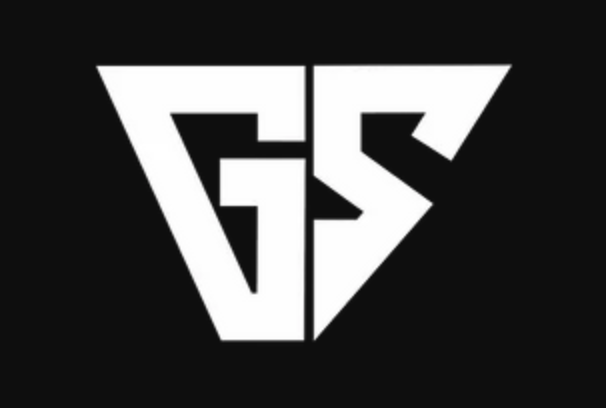Bicep Training Basics
When it comes to bicep training, in an effort to hit the muscle in different ways many people change their grip width or change the implement being used (ie dumbbells, machines, cables and barbells), but what really changes the part of the bicep being worked is changing the position of the shoulder. The short head of the bicep is emphasised more when the elbow is out in front of the body, like during a preacher curl, and the long head of the bicep is worked more heavily when the elbow is back behind the body, like during an incline dumbbell curl or a drag curl.
Typical bicep exercises work and develop more than just the biceps, though. Charles Poliquin was writing about the importance of training the brachialis for arm development back in the late 90s and early 2000s and more recently John Meadows shared the same opinion too. Both Charles and John claimed that developing the brachialis pushed the biceps and triceps further apart, giving the illusion of a more developed arm. Aside from this the main reason I like to include exercises that work this area, is because those exercises also work the brachioradialis very well. The brachioradialis is the large muscle that sits on the thumb side of the forearm and goes up into the lower of the upper arm above the elbow. Developing this muscle, besides increasing forearm size, can really help “fill in” the arm around the lower bicep in the side chest pose. This muscle can really help with improving the appearance of the arm for people who have high bicep insertion points, too.
It is my opinion, therefore, that complete bicep training should therefore include at least one exercise from each of the following groups:
· Curls with the elbows in line with, or behind the body – eg standing curls, drag curls, incline curls
· Curls with the elbow in front of the body or above the shoulder – eg preacher curls, spider curls, high cable curls
· Curls with the wrists pronated – eg reverse grip curls and variations of hammer curls
Not each of those must necessarily be done in the same workout, this could be spread out over the week depending how much volume can be tolerated in one session, or if direct bicep work is minimal then these variations could be rotated through one at a time in each training block. It’d be wise, though, to include some work for the biceps in each of the positions mentioned to minimise likelihood of imbalances around the elbow flexors, which can in some cases lead to elbow pain.
In terms of order of exercises, if all 3 exercises were being done in one workout, then it’d make sense to include a bicep curl with the elbows behind the body last at the end of the session, as this gives a bit of a stretch to the muscle. Exercises which emphasise the stretch (or “lengthened position”) are usually better done at the end rather than the start of the workout. For the other two curl variations, some people find pre-fatiguing the brachialis and brachioradialis with reverse or hammer curls prior to supinated curls increases the pump they get in the biceps, because those two muscles are no longer able to contribute to the exercise as much. However, others find that already having a pump in the brachialis and brachioradialis makes it harder to keep tension directly on the biceps. In that case you’d need to try for yourself to see which exercise felt better to start with. Be cautious of doing heavy free weight supinated preacher curls first in the workout without having a thoroughly warmed up or pumped bicep, though. Many people have suffered bicep tears from going heavy on preacher curls.

